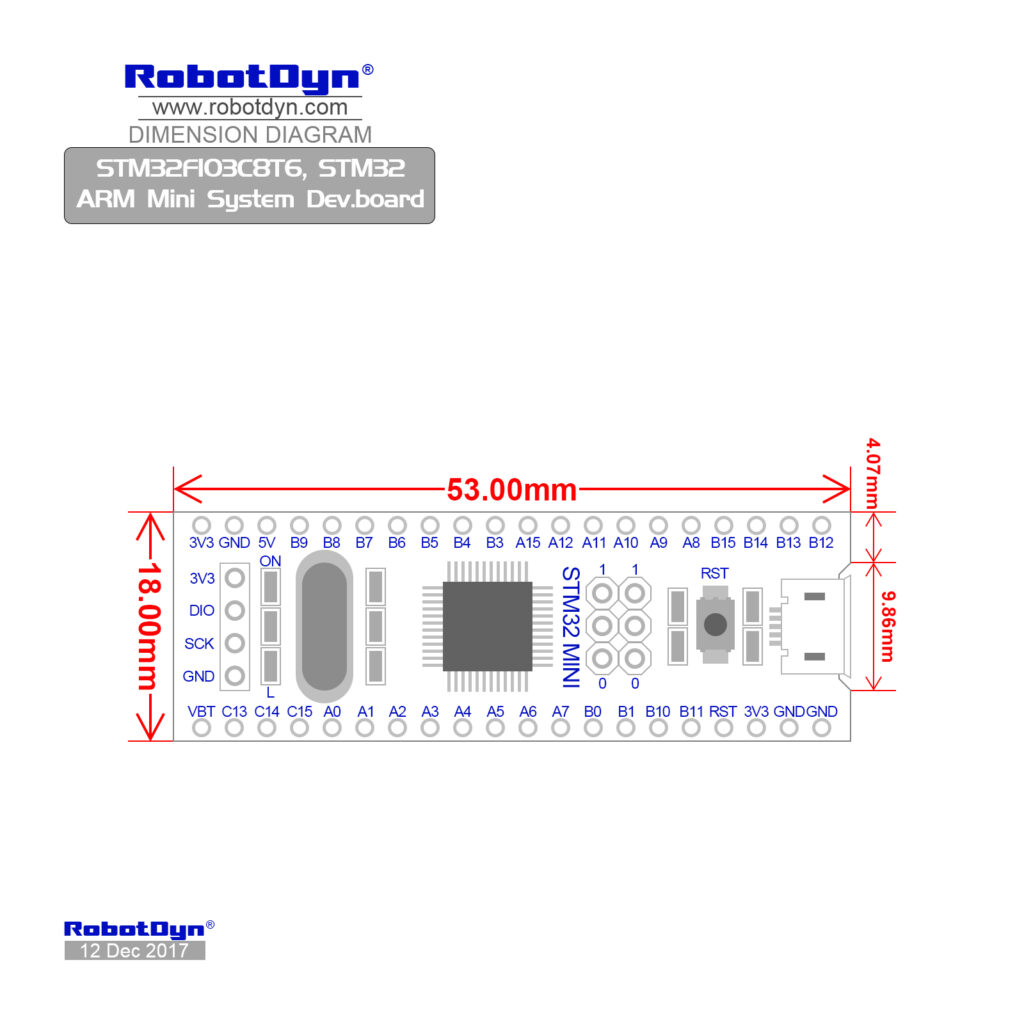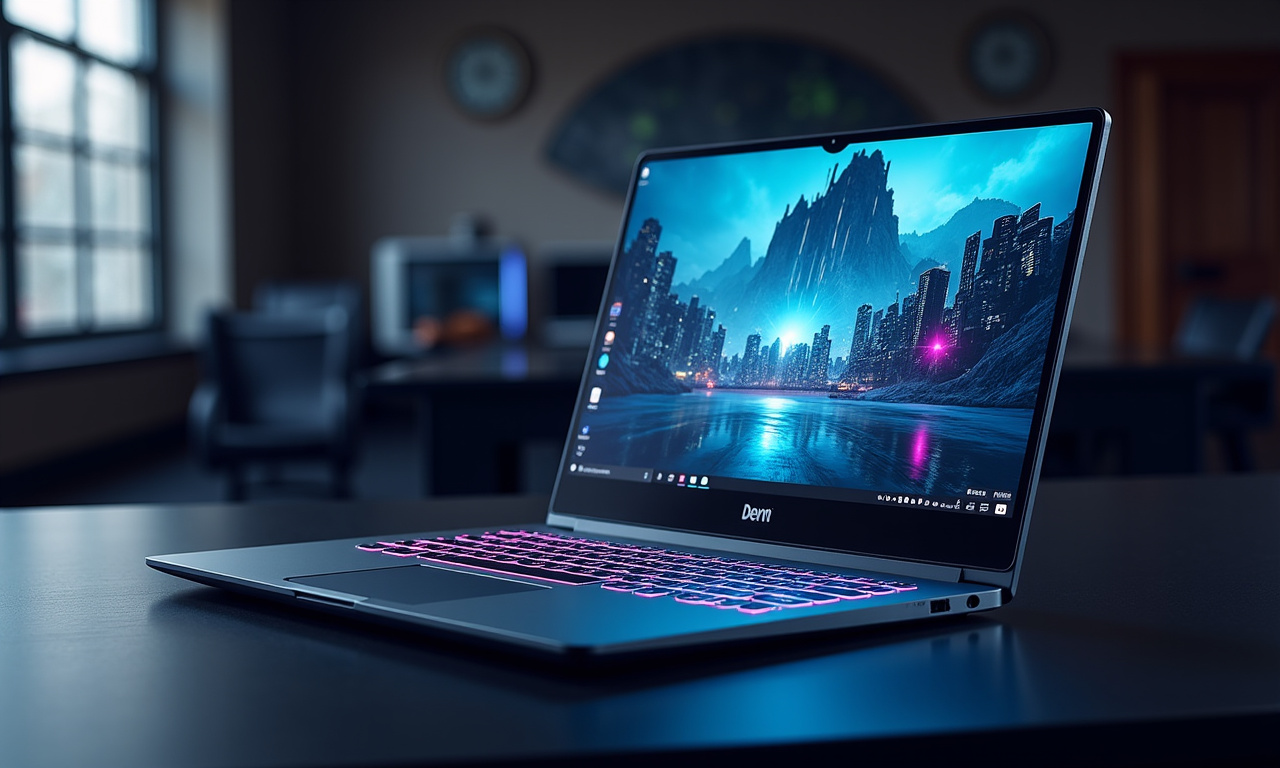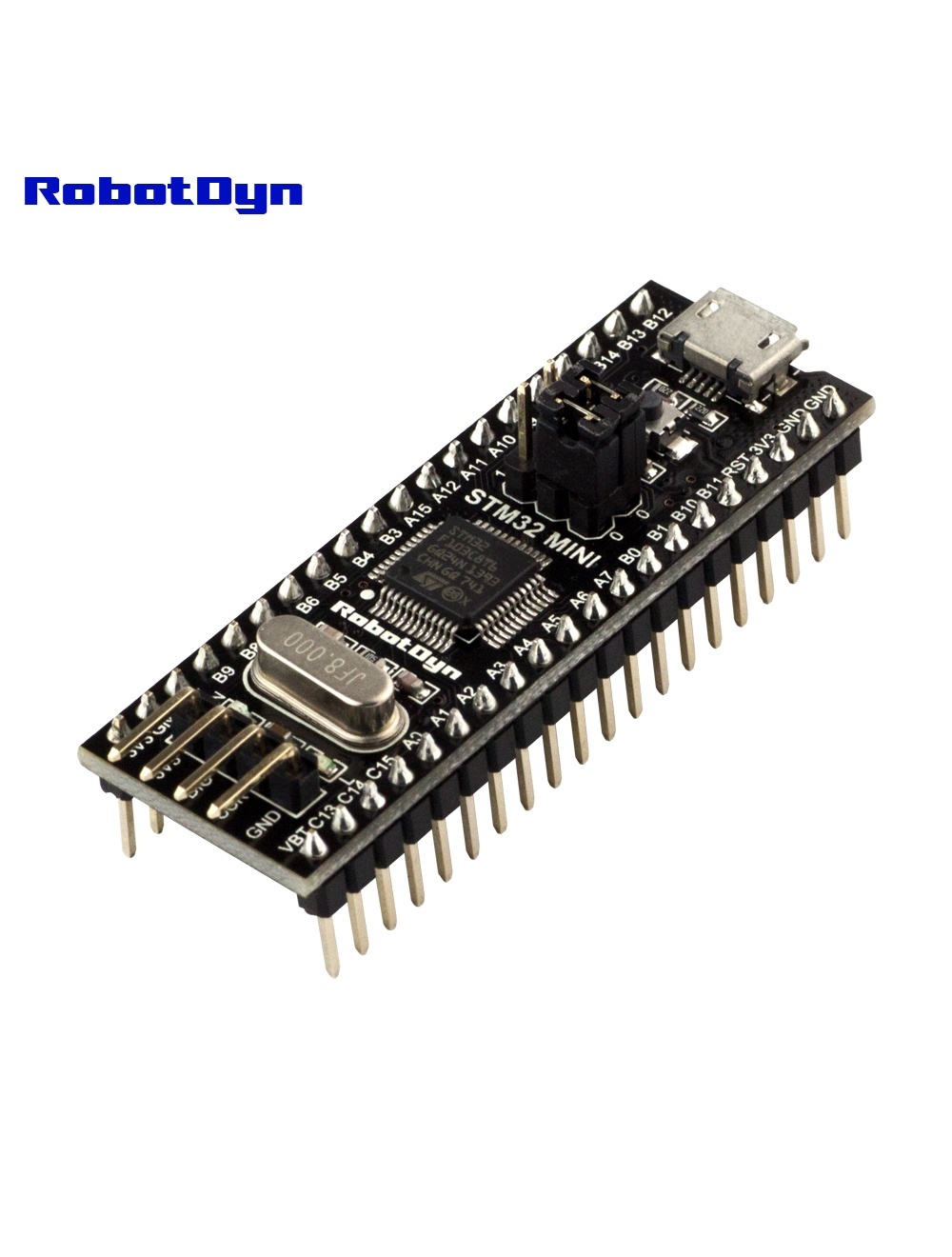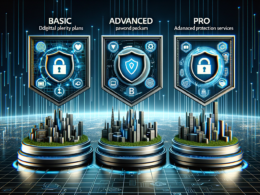| Microcontroller | STM32F103C8 |
| Core | ARM Cortex-M3 |
| Vendor | STMicroelectronics |
| Flash | 64/128KB |
| RAM | 20KB |
| Frequency | 72 MHz |
| Timer | 3x 16-Bit |
| ADC | 2x 12-bit, 10 channels |
| UART | 3 |
| SPI | 2 |
| I2C | 2 |
| CAN | 1 |
| RTC resonator | 32.768KHz |
| Vcc | 3.3~8V to pin 5V |
| Vin USB | 5V |
| Microcontroller Vcc | 2.0~3.6V |
| GPIO | 32 |
| PWM | 15 |
| Analog In | 10 |
| ST-Link header | Yes |
| LED | PC13 (blue) LOW |
| USB | Micro USB |
| Temp | Celsius -40 C + 85 C |
The highly affordable STM32 Black Pill Development boards allow anyone to try out new ideas and to quickly create prototypes with STM32F103 core ARM Cortex-M3.
The function of STM32 Black Pill boards can easily be extended with a large number of modules and sensors.
Software STM
A comprehensive STM32 software HAL library together with various software examples are can use with the STM32 Black Pill Development boards, and seamlessly work with a wide range of development environments including IAR EWARM, Keil MDK-ARM, embed and GCC/LLVM-based IDEs. For programming of STM32 Black Pill need to use an ST-Link debugger/programmer.
Software for Arduino IDE
If board already have the STM32Duino bootloader, can programming with Arduino IDE, via USB connection to PC.
Programming with Arduino IDE the board is easy — the community had done a lot of work to create a support package for it. You do need a recent version of the Arduino IDE.
Steps:
- Download and install the official Arduino IDE. Versions 1.6.10 till 1.8.5 have been reported to work fine.
- If you already have the Arduino IDE installed and it’s a newer version, see the Boards Manager package method of installation.
- Note: this method is deprecated and not supported in forum!
- Run Arduino IDE, and open the menu Tools -> Boards -> Boards Manager. Install the “Arduino SAM Boards” package (includes the Arduino Due) from the list of available boards. This installs compiler support for ARM Cortex-M3.
- Download a zip file containing the Arduino STM32 files from here.
- Unzip the content of the zip file, and place the Arduino_STM32 folder to [Arduino sketches folder]/[hardware]/[Arduino_STM32]. Create the ‘hardware’ folder if it does not exist yet.
Example how the path should look like: C:\Users\<user>\Documents\Arduino\hardware\Arduino_STM32
Pinout and interface
With 32 GPIO – 15 PWM pins, 10 analog inputs, 3 UARTs (hardware serial ports), 2 I2C and 2 SPI interface, and a larger memory space 64/128/256KB for your code.
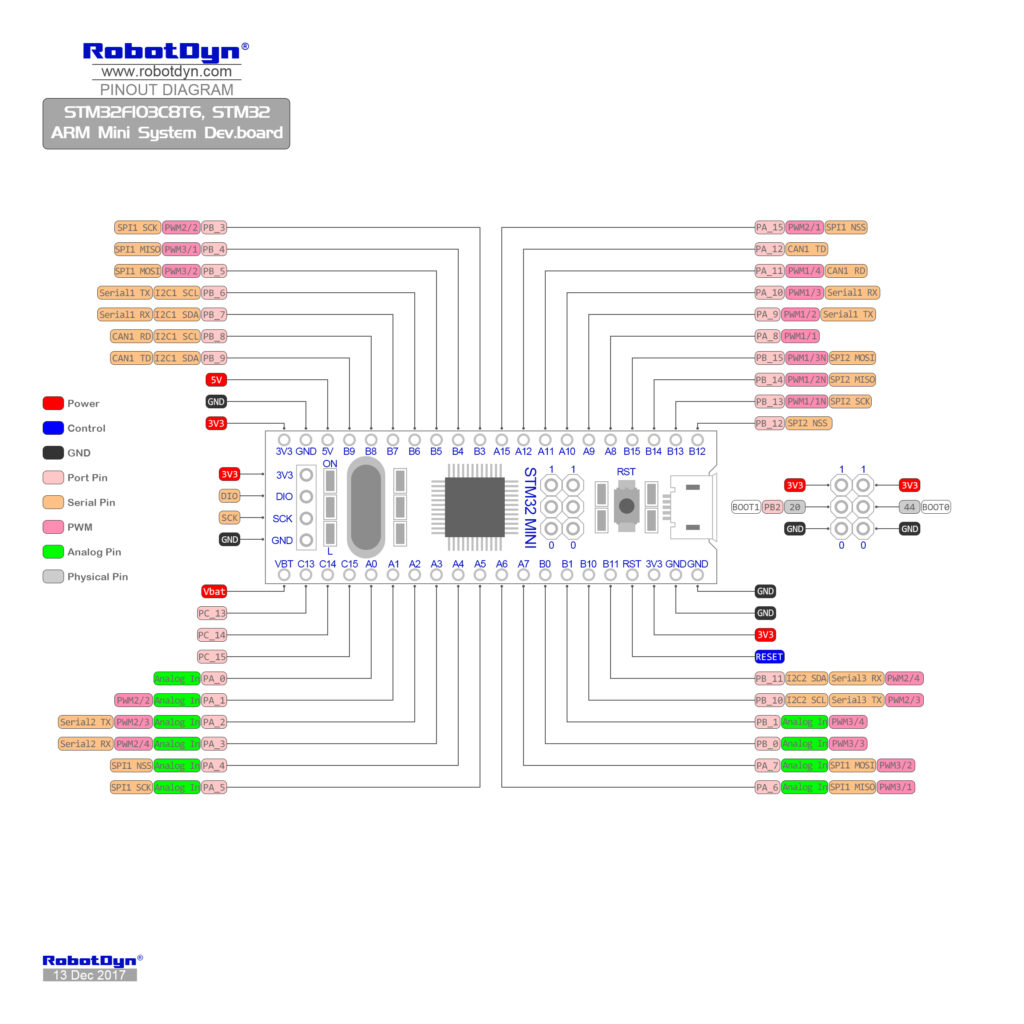
Dimension
